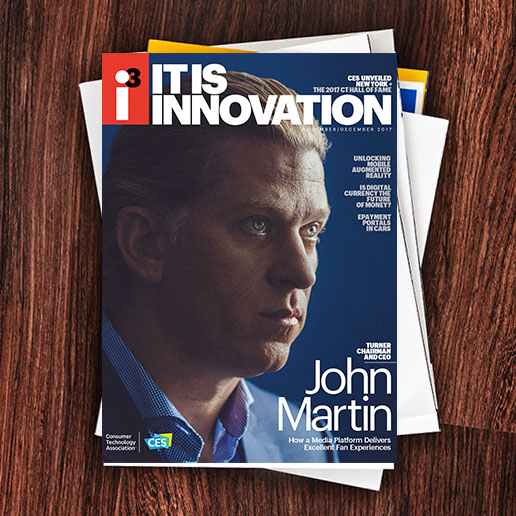The next 10 years will bring an increasing assortment of hearables and personal sound amplification products (PSAPs).
CTA forecasts 2018 unit growth of 22 percent for hearables, following a 110 percent increase in 2017. CTA projects PSAPs to grow by 53 percent in 2018, following 40 percent growth in 2017. By 2020, CTA forecasts that combined shipments for hearables and PSAPs will total nearly 10 million units.
Hearables represent an evolution beyond wireless earbuds, with the integration of smart capabilities and controls and instant pairing between mobile devices with the use of near-field communication. First generation hearables include features like digital assistant compatibility (i.e. Alexa, Bixby, Google Assistant, Siri), built-in fitness tracking/health biometric capabilities, and in some cases the ability to translate spoken languages.
Apple, Philips, Samsung and Sony have either announced or released hearables in the last year. Hearables such as Samsung’s Gear IconX serves as a running coach with an in-ear assistant to provide details of the user’s fitness activity. Sony’s WF-1000X offers sound isolation/noise cancellation with the ability to disengage the feature while walking to allow ambient sound to be heard for safety.
PSAPs embody the future of the headphone industry. PSAP capabilities extend well beyond music playback and function as over-the-counter hearing aids by offering customizable digital sound processing and feedback cancellation to improve accessibility for consumers. Popular models, including the Bose Hearphones, are nearly identical to the brand’s conventional headphones, yet provide sophisticated noise filtering to enhance conversations and music for individuals suffering from low to moderate hearing loss.
According to the Food and Drug Administration (FDA), hearing loss affects 30 million Americans. However, only one-fifth of individuals with hearing loss seek assistance. President Trump signed the bipartisan Over-the-Counter Hearing Aid Act into law as a part of the FDA Reauthorization Act of 2017. PSAPs encourage more Americans to purchase hearing devices by increasing access and improving affordability relative to professionally fitted hearing aids. With innovations like hearables and PSAPs, the future for headphone technology is bright.

i3, the flagship magazine from the Consumer Technology Association (CTA)®, focuses on innovation in technology, policy and business as well as the entrepreneurs, industry leaders and startups that grow the consumer technology industry. Subscriptions to i3 are available free to qualified participants in the consumer electronics industry.